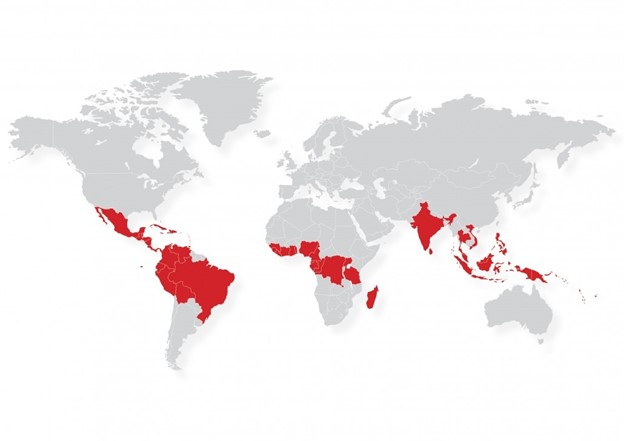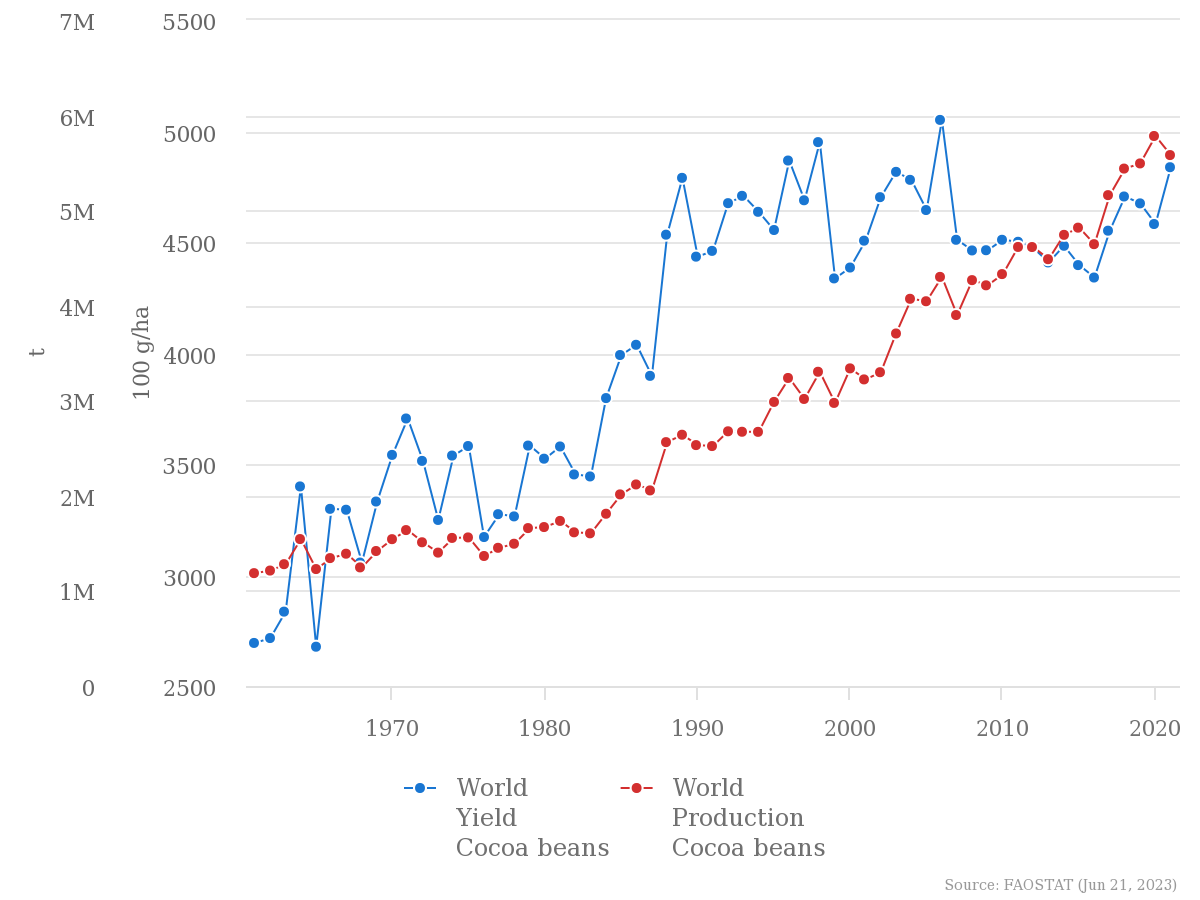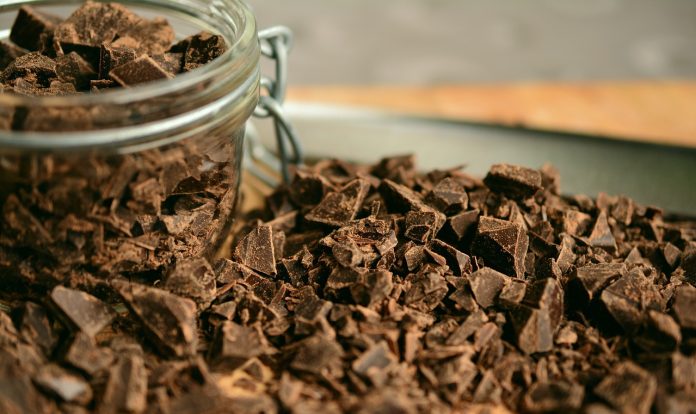A recent story published to CNN’s website helpfully explains the reasons behind rising cocoa prices, and some of the struggles that cocoa farmers around the world have been facing during the past season. These difficulties and low yields are due to natural weather events and disease, not climate change, as CNN correctly and soberly describes.
The article, “Satisfying your sweet tooth is about to get more expensive,” explains that cocoa yields have been “underwhelming” this season because of “crop disease and heavy rains.” The post points out that although forecasters are anticipating another bad year due to the upcoming El Niño, the condition is “a naturally occurring phenomenon in the tropical Pacific Ocean, which usually brings warmer global temperatures — poor conditions for growing cocoa.”
It is true that El Niño is a naturally occurring phenomenon, though the point that warm weather is bad for cocoa growing is a questionable claim since the crop is grown almost exclusively in equatorial regions, that is, the hottest parts of the world. (See image below)

The International Cocoa Organization (ICCO) says on their website that the climate conditions best for growing cocoa trees are found in the lower parts of a tropical rainforest. They also explain that cocoa production varies based mostly on rainfall, which “should be plentiful and well distributed through the year.”
In terms of the reasons behind low cocoa yields, the ICCO says “[a]verage yields for cocoa production are low due to extensive systems of cultivation, ageing tree populations, high incidence and poor control systems of pests and diseases, ageing farmer populations, shortage of affordable labour, lack of easily available inputs, poor extension services and above all, the use of poor/average quality planting material.”
Heavy rain and high temperatures may not actually the driving force behind low seasonal yields. As explained by both the ICCO and CNN, disease is a large factor.
A commodity analyst interviewed by CNN, Paul Joules, said that cocoa swollen shoot virus, spread by insects, is a major problem for cocoa farmers and has been for years, and replacing damaged trees takes time.
As previously described in a Climate Realism post written by my colleague H. Sterling Burnett, “Wrong, ABC News, Climate Change Isn’t Threatening Cocoa Bean Production,” weather is eternally fickle, and the fact that the Ivory Coast alone produces almost half the world’s cocoa beans means that any bad weather there will disproportionately impact cocoa supplies.
CNN does not point the finger at climate change directly in this article, although the stories linked within it do, but just to settle the matter, if climate change were the main culprit of poor cocoa production, there should be a long-term signal related to climate change in the worldwide production data, not just a few bad seasons in particular regions.
Available data from the United Nations Food and Agriculture Organization (FAO) on cocoa production and yield worldwide show that although there are good and bad seasons, the general trend is towards higher production and yield. (See figure below)
From the data, we can see that since recordkeeping begins for worldwide cocoa bean production and yield in 1961:
- Cocoa bean production has increased by 370 percent, and broke all-time records as recently as 2015, 2017, 2018, 2019, and then again in 2020;
- Cocoa bean yields have increased by 79 percent.

Good on CNN for reporting on the struggles of a crop without directly trying to tie it to climate change, and readers should be reassured that even if we see a few seasons of high prices, the production of chocolate is not likely to disappear or even decline any time soon.


















